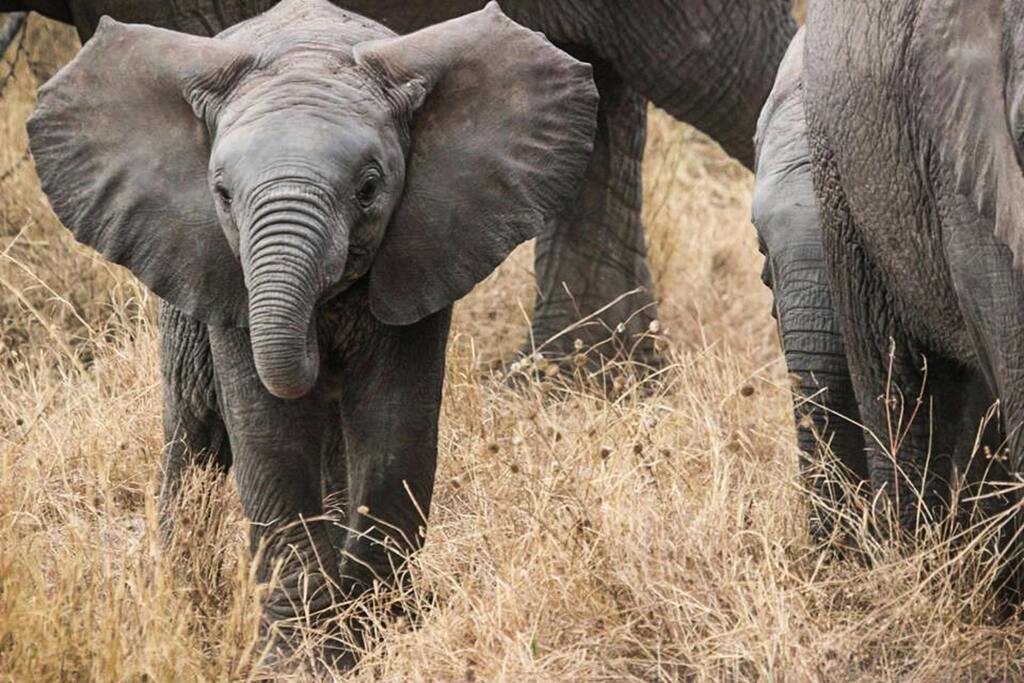Naa Gbewaa
Biography of Naa Gbewaa
Full Name: Naa Gbewaa
Also Known As: Tohazie Gbewaa, Gbewa, or Gbewaa
Title: Founding ancestor and king
Region: Northern Ghana (Dagbon, Mamprugu, Nanung)
Nationality: Ghanaian (Ancestral figure of Mole-Dagbani heritage)
Known For: Legendary founder of the Mole-Dagbani states; revered as the patriarchal ancestor of several northern Ghanaian kingdoms and a symbol of unity, migration, and royal legitimacy
Overview
Origins and Migration
According to oral tradition, Naa Gbewaa was the son of Tohazie (the "Red Hunter"), a powerful warrior who migrated southward from the Lake Chad region or somewhere in the Sahel. Tohazie is remembered as a brave conqueror, and Gbewaa, his descendant, is portrayed as a more diplomatic and state-building figure.
Gbewaa's people are believed to have migrated into what is now northern Ghana, where he established a centralized authority that laid the foundations for the kingdoms of Dagbon, Mamprugu, and Nanung.
This migration story is central to the identity and legitimacy of the Mole-Dagbani peoples, linking them to both a heroic past and a shared ancestral source.
State Formation and Royal Legacy
Naa Gbewaa is often described not only as a king, but as a father figure—both literally and symbolically. He had many children, several of whom became founders of separate royal houses, including:
Tia – Ancestor of the Mamprusi kings
Sitobu – Ancestor of the Dagomba kings
Mantambo – Ancestor of the Nanumba kings
Kachaɣu (a daughter) – Often remembered for her wisdom and maternal lineage influence
Through his offspring, Gbewaa created a dynastic network that would rule for centuries, with each descendant forming their own kingdom while maintaining a spiritual connection to the original Gbewaa ancestry.
This genealogical and spiritual link remains essential to the chieftaincy systems in the region to this day. Succession, legitimacy, and historical authority are still traced back to Gbewaa, and the Gbewaa Palace in Yendi, the seat of the Yaa Naa (King of Dagbon), bears his name.
Death and Cultural Significance
The story of Naa Gbewaa’s death is wrapped in layers of oral myth and symbolic meaning. According to tradition, he did not die in the usual sense but rather disappeared into the earth—a motif that signifies immortality, sacredness, and transformation into an ancestor.
It is said that when he felt his death approaching, he entered the ground at Pusiga, near Bawku, where a sacred shrine known as the Naa Gbewaa Shrine still exists. The site is a place of pilgrimage and ancestral reverence, visited by royals, spiritual leaders, and community members seeking blessings or affirming lineage.
Unifying Ancestral Figure
Naa Gbewaa’s legacy is pan-ethnic and unifying. Despite political divisions between the kingdoms of Dagbon, Mamprugu, and Nanung, they all acknowledge a shared descent from him. In a region that has sometimes experienced inter-ethnic tension, Gbewaa remains a symbol of common origin and solidarity.
His story is told in drumming traditions, oral recitations by griots (lunsi), palace ceremonies, and initiation rites. His memory is not only historical—it is spiritual, political, and cultural, forming the backbone of identity for many northern Ghanaian societies.
Legacy and Influence Today
Centuries after his time, Naa Gbewaa continues to shape the political and cultural landscape of northern Ghana. His influence is evident in:
The structure of traditional governance among the Mole-Dagbani peoples
The respect for chieftaincy and lineage in northern communities
The continued use of his name in royal titles, palaces, and shrines
The unity of diverse kingdoms through shared ancestry
His name is invoked during royal installations, funerals of chiefs, historical performances, and during ritual visits to sacred ancestral sites.
Naa Gbewaa is more than a historical figure—he is the foundational ancestor, state-builder, and symbolic patriarch of some of the most prominent traditional kingdoms in West Africa. His life and legend represent migration, unity, cultural endurance, and royal authority.
For the Mole-Dagbani peoples, Naa Gbewaa remains a living presence in the spiritual and political life of the region—a name carried with pride, a legacy passed through generations, and a reminder that history lives not only in books, but in the heartbeat of a people.

Baby Elephant at Mole National Park
Other websites - Not shown within our main site-map:
- Fort Teshie (Fort Augustaborg) - Teshie, Accra)
- Fort Komenda - 2 Forts at Komenda (Central Region, near Elmina and Cape Coast, Central Region)
- Forth Conraadsborg (Elmina, Central Region)
- Fort Ussher (Accra, Ussher Town)
- Fort Wiliam (Cape Coast, Central Region)
- Fort Victoria (Cape Coast, Central Region)
- Fort Batenstein (Butree, Western Region)
- Fort Patience (Central Region)
- Kwame Nkrumah Memorial Park and Museum (Accra)
- Yaa Asantewaah Museum (Ashanti Region)
- The W .E. B. Du Bois Centre for Pan African Culture (Accra)
- Volta Regional Museum, Ho (Volta Region)
- Kakum National Park (Central Region, near Cape Coast)
- Aburi & Aburi Botanical Gardens (Aburi, Eastern region)
- Kwame Nkrumah Mausoleum Nkroful (Western Region, Nkroful)
- Official website of Tetthe Quarshie Art market (Accra)
- Mole national Park (Upper West)

3 girls selling fruits and food at the road side. (c) Strictly by Remo Kurka (photography)